Everything DiSC Comparison Report Scales
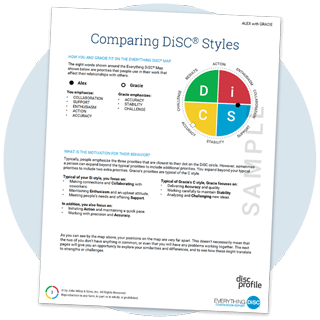
Understanding workplace relationships is key to effective collaboration, leadership, and team success. The Everything DiSC Comparison Report provides powerful insights by analyzing nine behavioral continua, helping individuals understand their own tendencies and how they compare to others. This tool fosters better communication, reduces misunderstandings, and enhances teamwork.
Here’s a breakdown of the nine comparison scales used in the report and how they add value to workplace relationships:
1. Soft-Spoken – Forceful
- Soft-Spoken individuals tend to hold back their opinions unless directly asked, preferring to stay in the background during discussions.
- Forceful individuals are comfortable leading conversations, asserting their opinions, and pushing for their perspectives to be heard.
⭐ Value: Helps teams balance assertiveness and inclusivity in discussions.
2. Daring – Careful
- Daring individuals enjoy pitching bold, innovative ideas and embrace change.
- Careful individuals prefer well-tested approaches and may view major changes as risky.
⭐ Value: Supports decision-making by balancing risk-taking and caution.
3. Patient – Driven
- Patient individuals handle delays and setbacks calmly, avoiding unnecessary pressure.
- Driven individuals prefer urgency and may get frustrated with slow progress.
⭐ Value: Helps teams manage pacing and expectations, reducing friction.
4. Skeptical – Accepting
- Skeptical individuals question ideas, testing them against possible risks.
- Accepting individuals trust and validate others’ ideas easily, expecting positive outcomes.
⭐ Value: Encourages teams to balance constructive criticism with open-mindedness.
5. Outgoing – Private
- Outgoing individuals seek social interaction, networking, and frequent engagement.
- Private individuals prefer working independently and avoid excessive socializing.
⭐ Value: Improves understanding of social needs in teamwork and leadership.
6. Tactful – Frank
- Tactful individuals communicate diplomatically, carefully choosing their words.
- Frank individuals express thoughts openly and directly without sugarcoating.
⭐ Value: Enhances communication by balancing honesty with sensitivity.
7. Accommodating – Strong-Willed
- Accommodating individuals are open to input and willing to compromise for harmony.
- Strong-Willed individuals hold firmly to their opinions and may resist outside influence.
⭐ Value: Encourages healthy debates while maintaining flexibility.
8. Lively – Reserved
- Lively individuals communicate in an upbeat, energetic manner.
- Reserved individuals are more measured, expressing emotions subtly.
⭐ Value: Helps teams adapt to different energy levels and communication styles.
9. Calm – Energetic
- Calm individuals prefer a steady pace, disliking last-minute changes.
- Energetic individuals thrive on fast-paced work with lots of activity.
⭐ Value: Supports teams in managing workload expectations and work styles.
How Everything DiSC Comparison Reports Add Value
By comparing two individuals across these continua, the Everything DiSC Comparison Report helps:
- Improve communication by identifying potential friction points.
- Foster empathy by revealing how different styles approach work.
- Strengthen relationships by providing tailored advice for collaboration.
Whether you’re leading a team, improving workplace communication, or navigating organizational change, Everything DiSC Comparison Reports offer valuable insights to build stronger, more effective professional relationships.
Want to explore how DiSC can improve your team’s performance? Let’s connect!
You might also be interested in










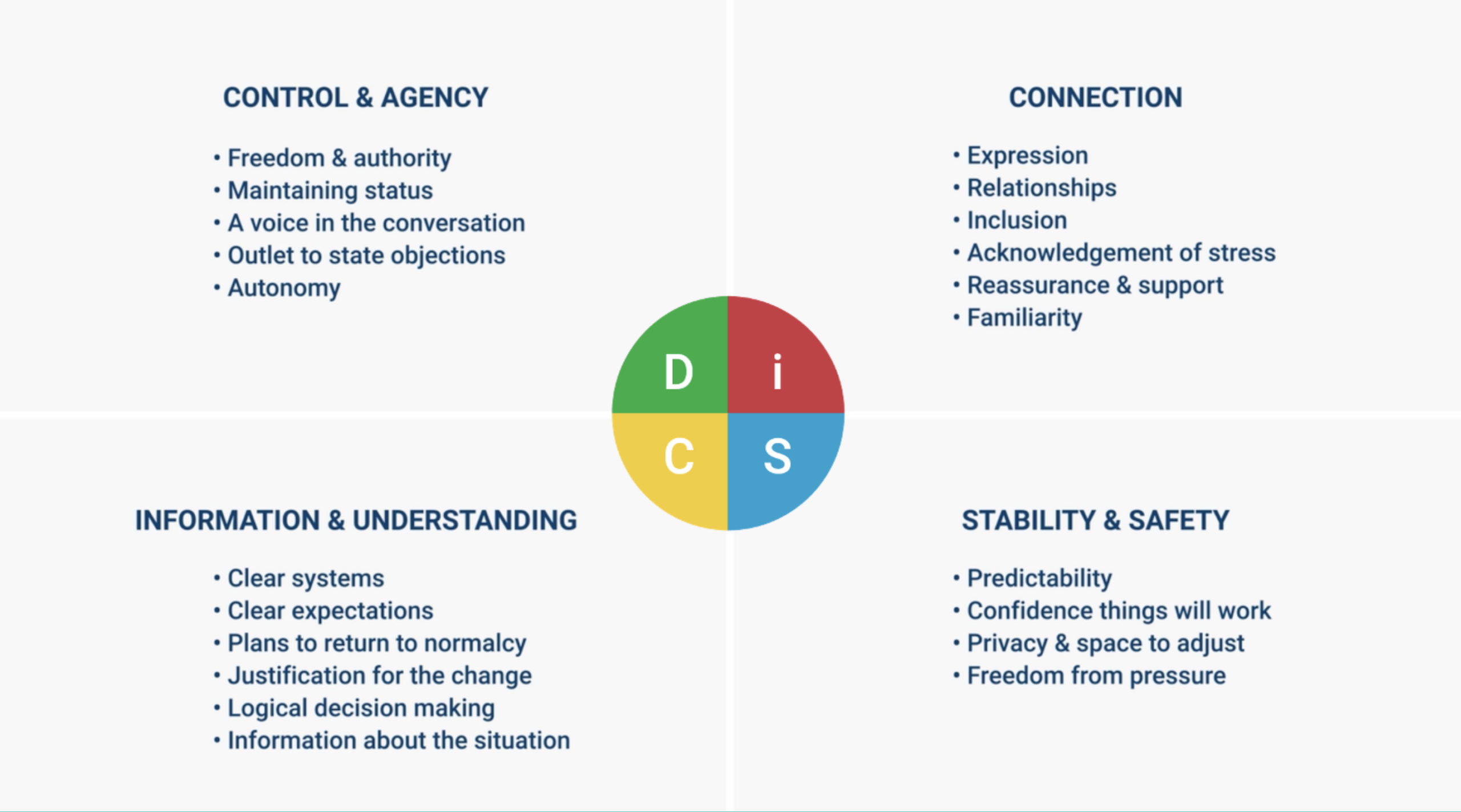





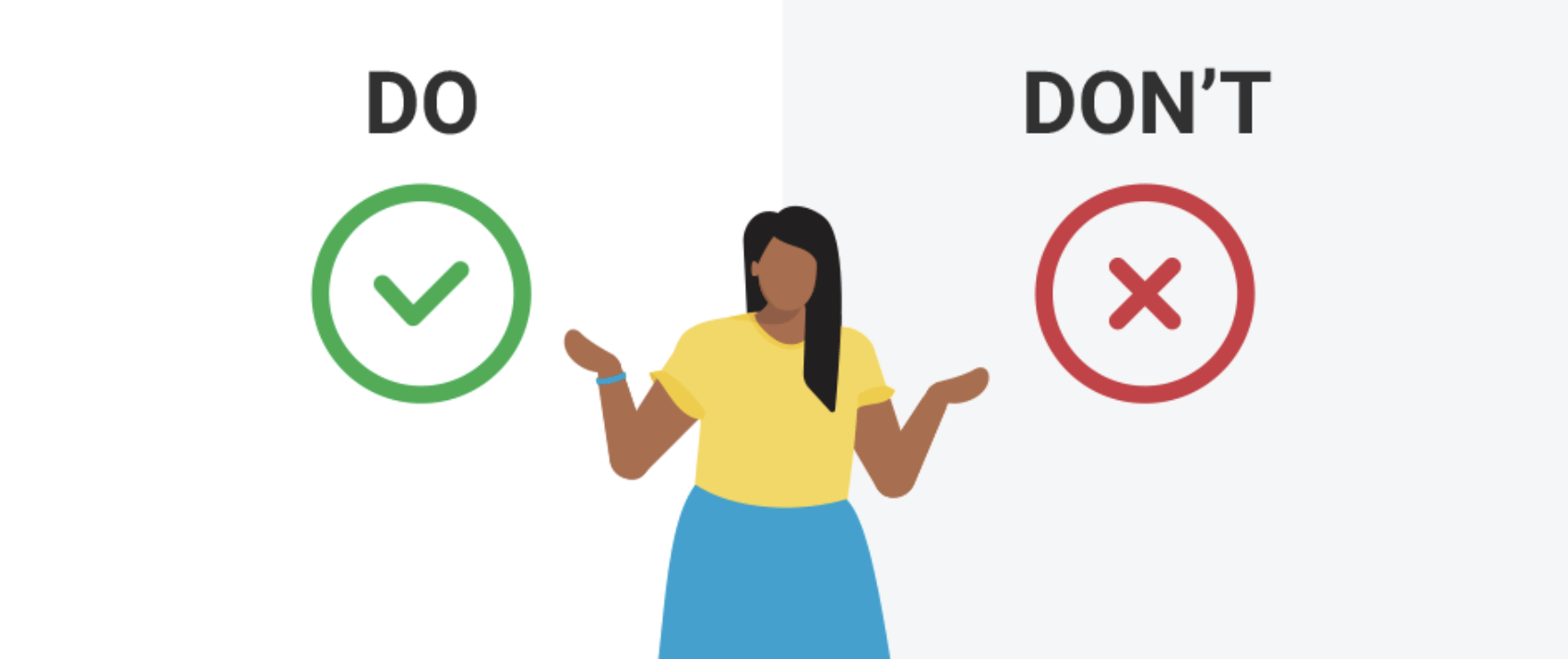

 Understand the Core Objections
Understand the Core Objections Real-World Application: Selling DiSC Internally (HR/L&D)
Real-World Application: Selling DiSC Internally (HR/L&D) External Consultants: How to Sell DiSC to New Clients
External Consultants: How to Sell DiSC to New Clients Final Tips for DiSC Practitioners
Final Tips for DiSC Practitioners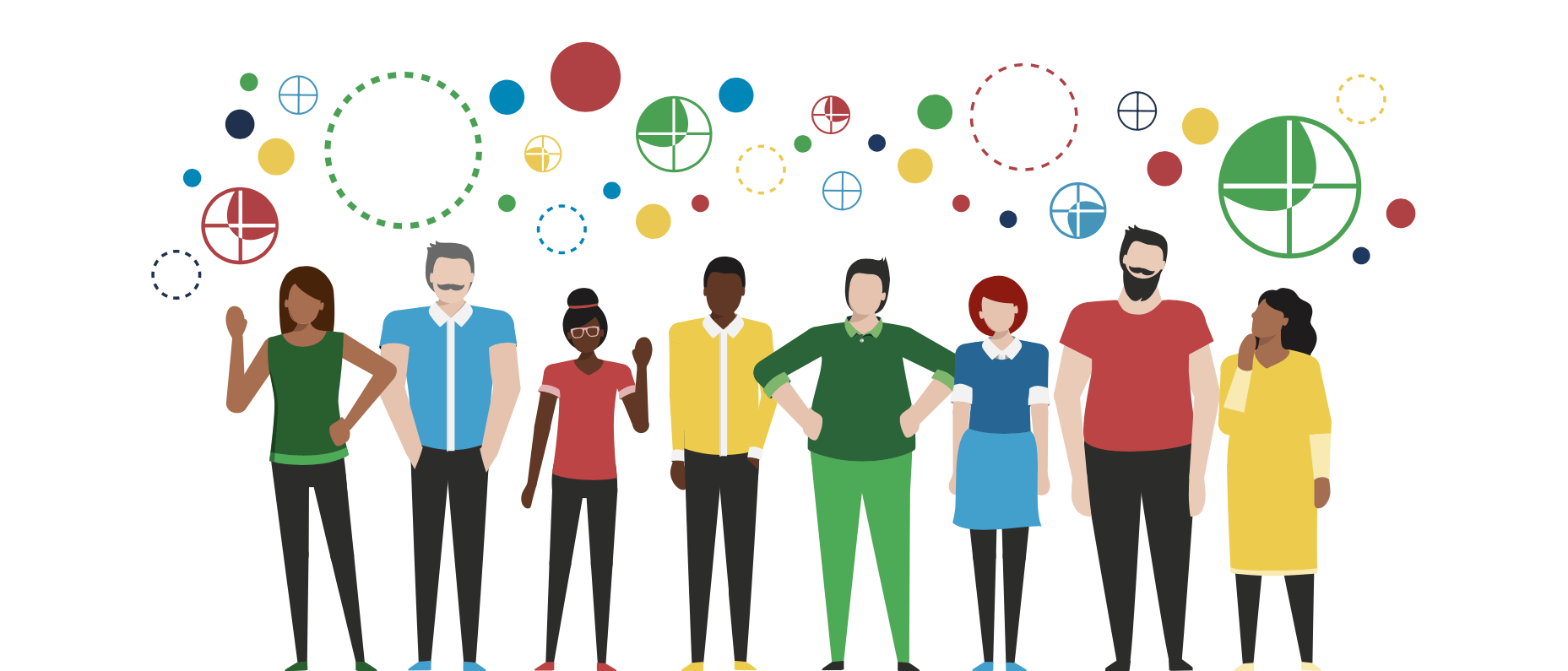

 4–5 weeks before the DiSC workshop (or as early as possible)
4–5 weeks before the DiSC workshop (or as early as possible) 2-3 weeks before
2-3 weeks before 1 week before
1 week before Day of the session
Day of the session 1 week after
1 week after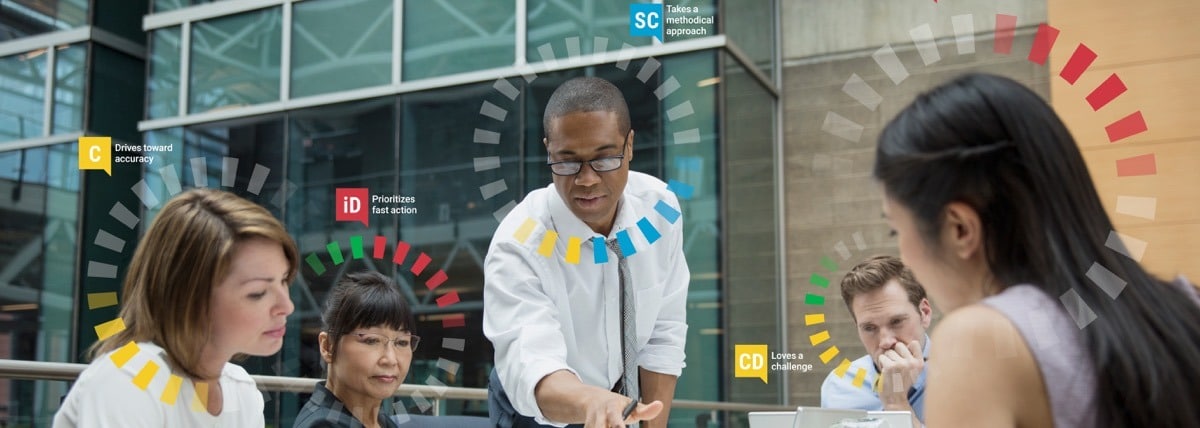




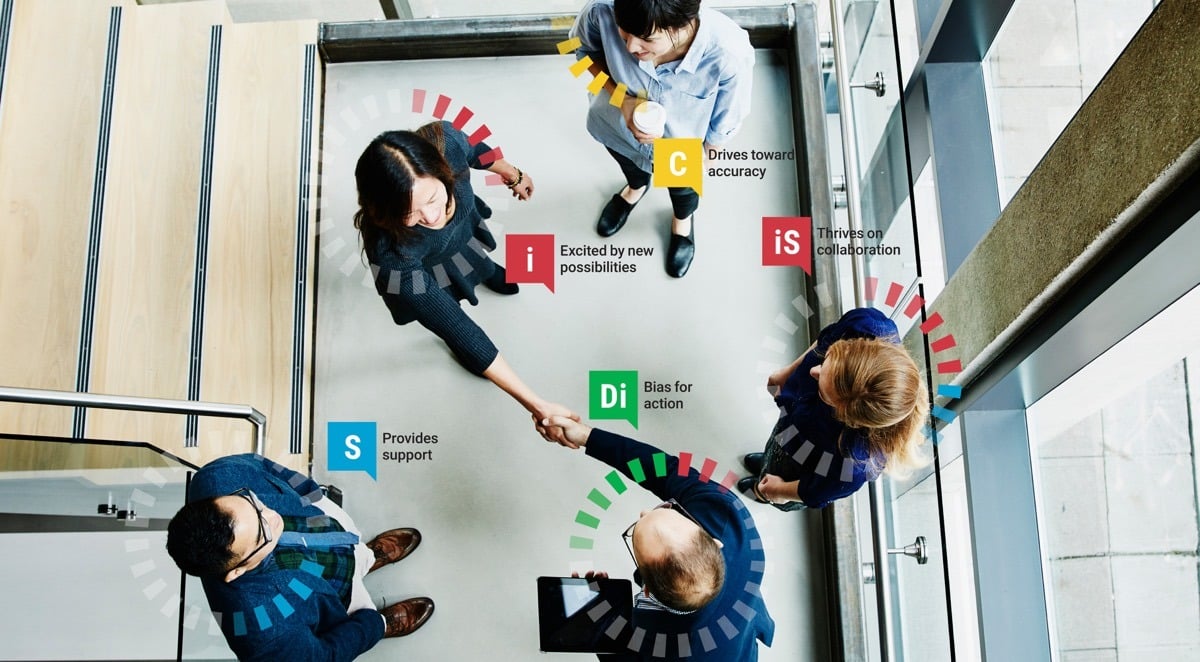

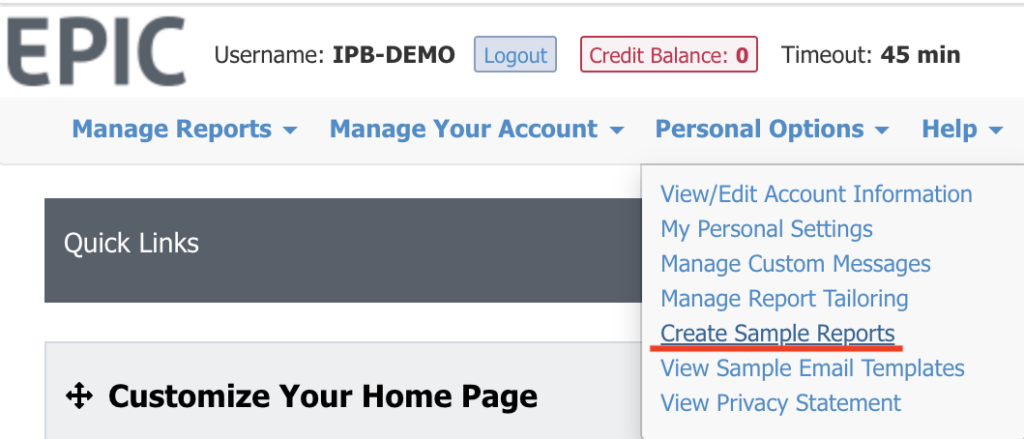
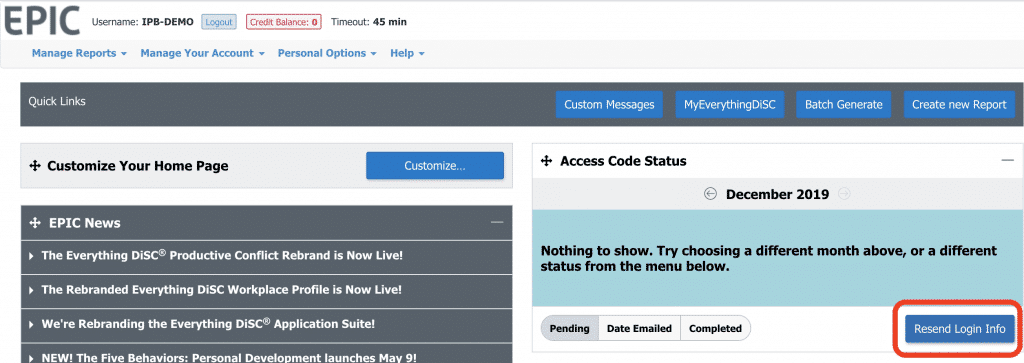



 D Style: Failure Feels Like a Loss of Control
D Style: Failure Feels Like a Loss of Control i Style: Failure Feels Personal
i Style: Failure Feels Personal S Style: Failure Disrupts Harmony
S Style: Failure Disrupts Harmony C Style: Failure Challenges Logic
C Style: Failure Challenges Logic






